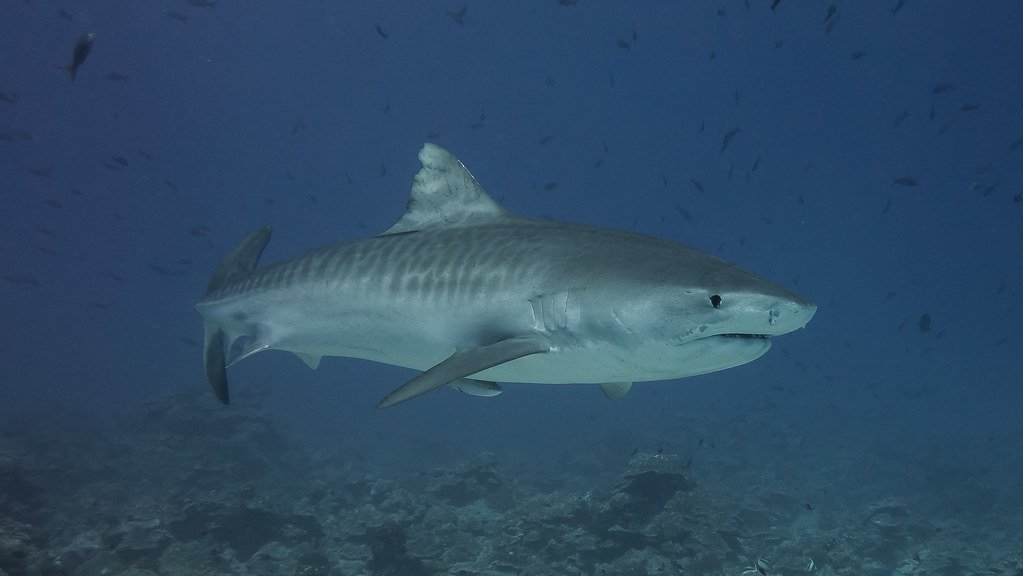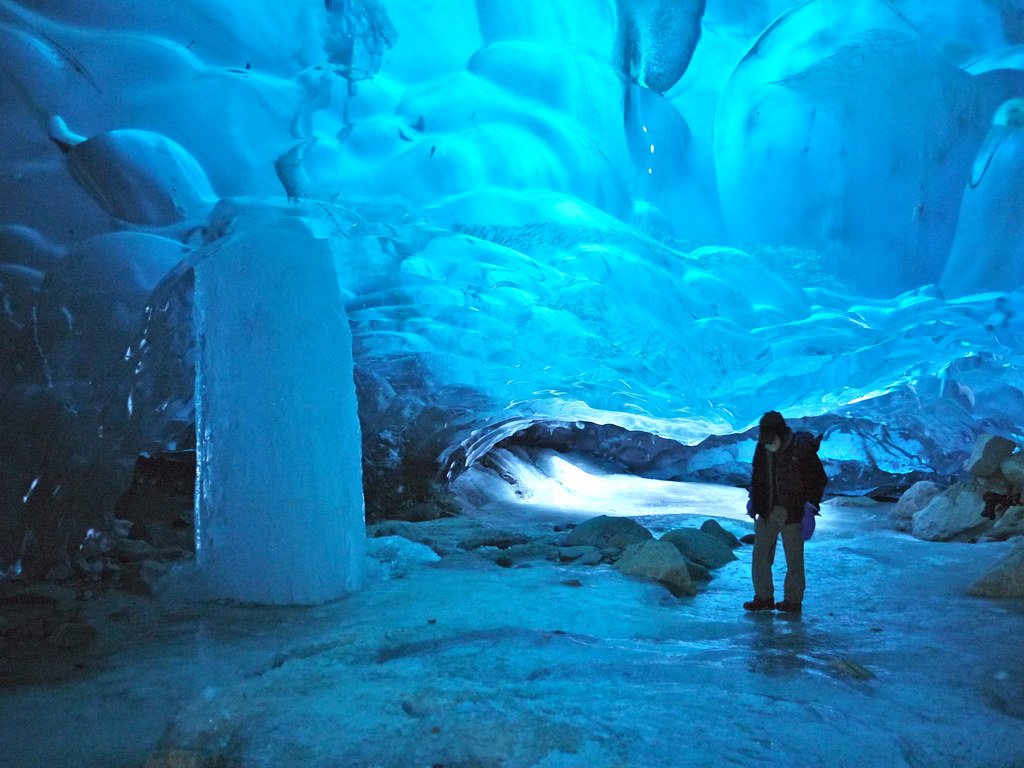Deep-sea creatures inhabit one of the most mysterious and least explored environments on our planet. With the ocean covering more than 70% of Earth’s surface and depths that reach over 36,000 feet, the deep sea is a world of darkness, extreme pressure, and strange life forms. In this article, we will dive into the abyss and explore eight deep-sea creatures that seem more like science fiction than reality.
The Abyssal Zone: A Realm of Extremes

The abyssal zone is where sunlight fails to penetrate, located at depths between 13,000 and 20,000 feet. This area is teeming with life forms that have adapted to survive extreme conditions. Understanding these adaptations sheds light on how life might exist in similar environments elsewhere in the universe.
The Enigmatic Giant Squid
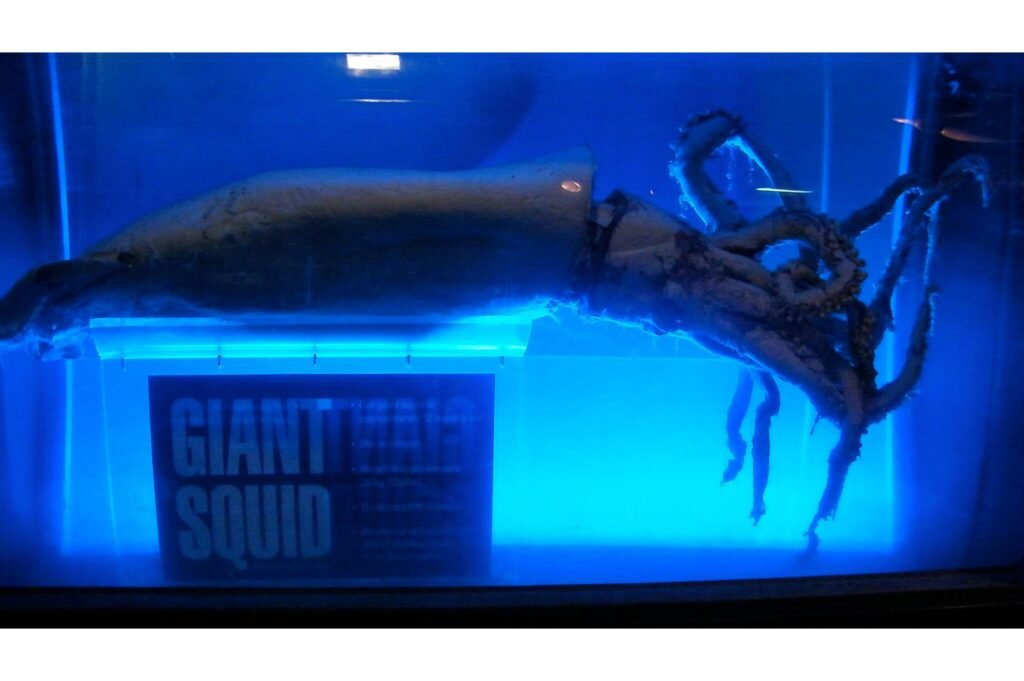
The Giant Squid, or Architeuthis dux, is one of the most elusive creatures in the deep sea. Growing up to 43 feet in length, its massive eyes allow it to detect faint light in the deep, murky waters. The first live giant squid was only filmed in its natural habitat in 2006, highlighting humanity’s limited understanding of these leviathans.
The Bioluminescent Anglerfish

Anglerfish are known for their bioluminescent lure, which dangles in front of their mouths to attract prey. This light is produced by symbiotic bacteria within the lure, a fascinating example of mutualism. Female anglerfish can grow much larger than males, with some species known for “sexual parasitism,” where the male fuses to the female’s body.
The Harrowing Gulper Eel
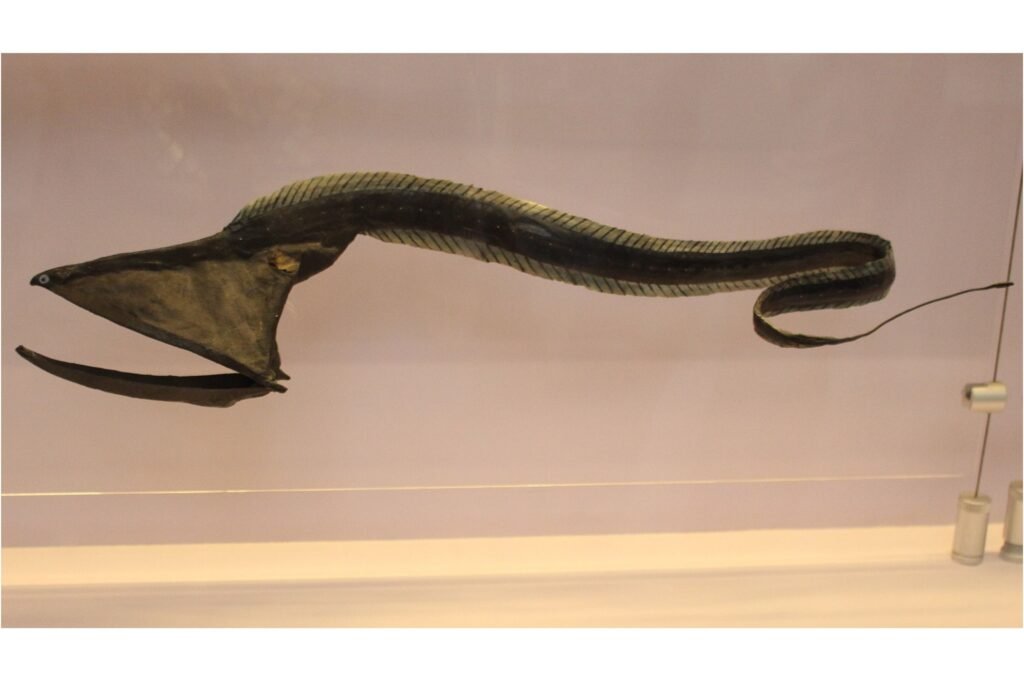
Also known as the pelican eel, the gulper eel is recognizable by its bizarrely large mouth and expandable jaw, which can swallow creatures much larger than itself. These eels occupy depths of around 3,000 to 6,000 feet, and their tails light up to attract the unsuspecting prey.
The Mysterious Vampire Squid

The vampire squid has a haunting appearance with cape-like webbing between its arms. Unlike its name suggests, it does not suck blood but instead feeds on “marine snow”—a mix of detritus and feces. Its deep-red coloration and bioluminescent capabilities add to its eerie presence in the ocean’s depths.
The Alien-like Dumbo Octopus

Named for its ear-like fins that resemble the Disney character Dumbo, this octopus moves gracefully through the water. Found at depths of 13,000 feet, the dumbo octopus’s serene flight is a stark contrast to its alien visage, making it a subject of fascination for scientists and nature enthusiasts alike.
The Imposing Fangtooth Fish

Fangtooth fish have menacing, oversized teeth that jut from their jaws even when closed, yet they pose no threat to humans. Despite their fearsome appearance, they are only about six inches long and live at depths where little other fish can survive.
The Hidden Deep-Sea Dragonfish

The deep-sea dragonfish inhabits depths of up to 5,000 feet and is renowned for its fierce appearance and bioluminescent barbel. It uses this barbel to lure prey, a feature that assists its survival in the harsh, dark environment of the abyssal zone.
Conclusion: The Fascination of Deep-Sea Exploration
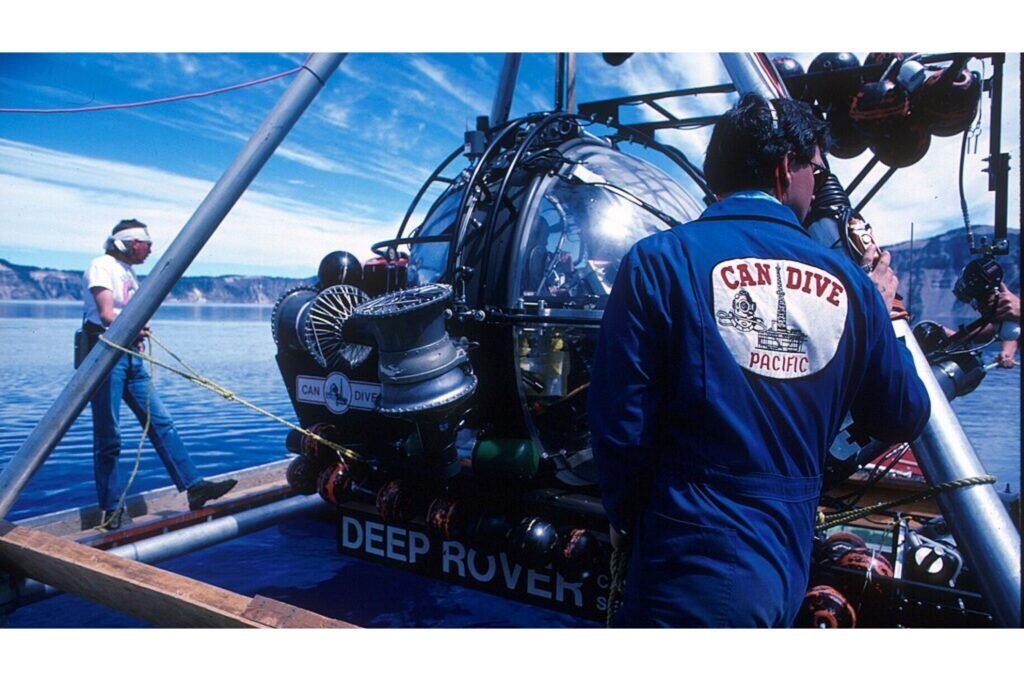
Exploring the deep sea is a thrilling adventure into the unknown, full of oddities and magnificence that challenge our understanding of life itself. These deep-sea creatures, with their extraordinary adaptations, highlight the resilience of life and continue to captivate scientists, fueling speculation about life in extreme environments beyond our planet. As technology advances, further exploration will undoubtedly reveal more incredible secrets of the oceans’ depths.

Jan loves Wildlife and Animals and is one of the founders of Animals Around The Globe. He holds an MSc in Finance & Economics and is a passionate PADI Open Water Diver. His favorite animals are Mountain Gorillas, Tigers, and Great White Sharks. He lived in South Africa, Germany, the USA, Ireland, Italy, China, and Australia. Before AATG, Jan worked for Google, Axel Springer, BMW and others.



